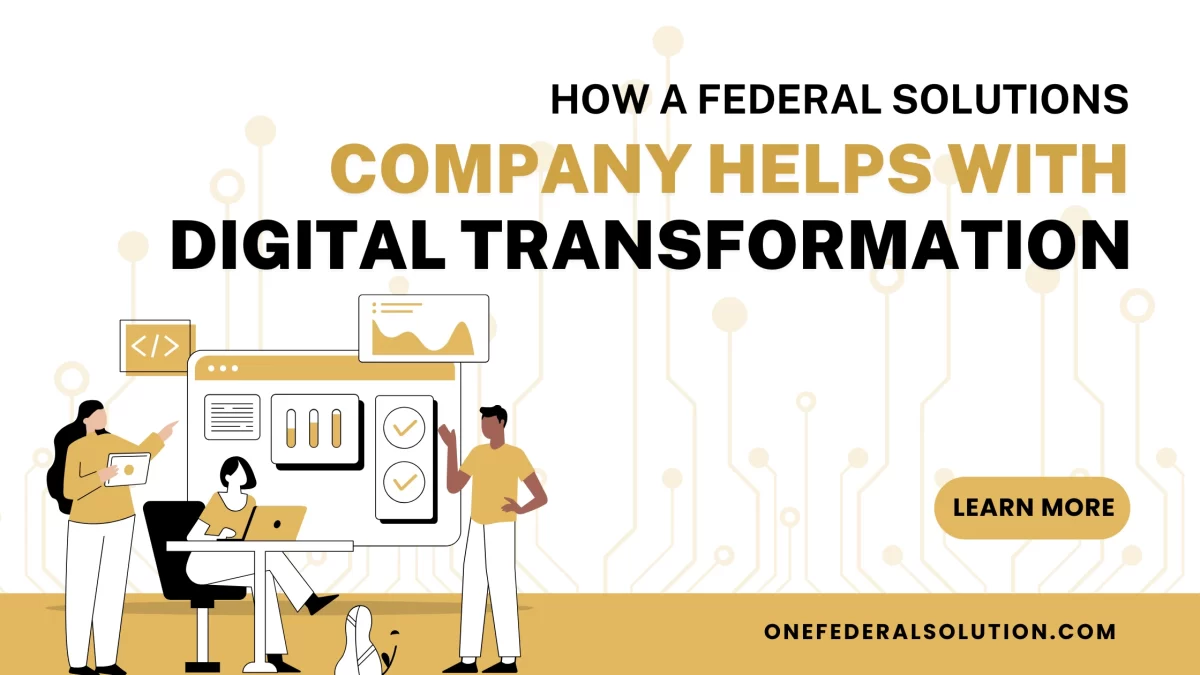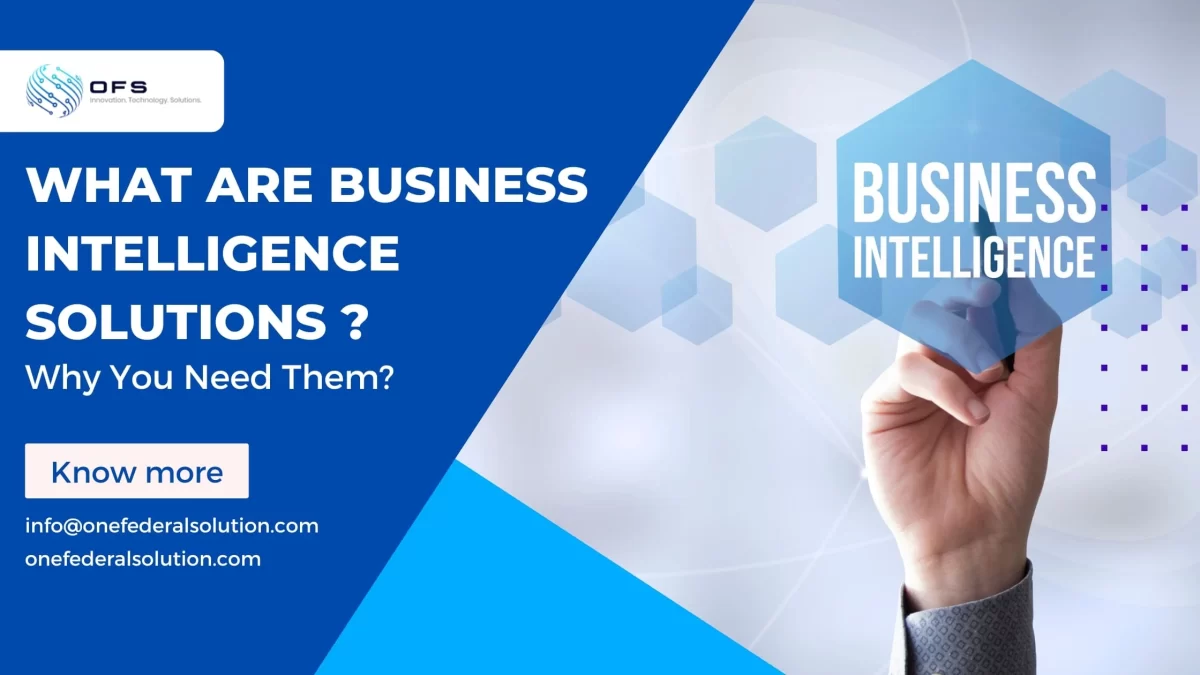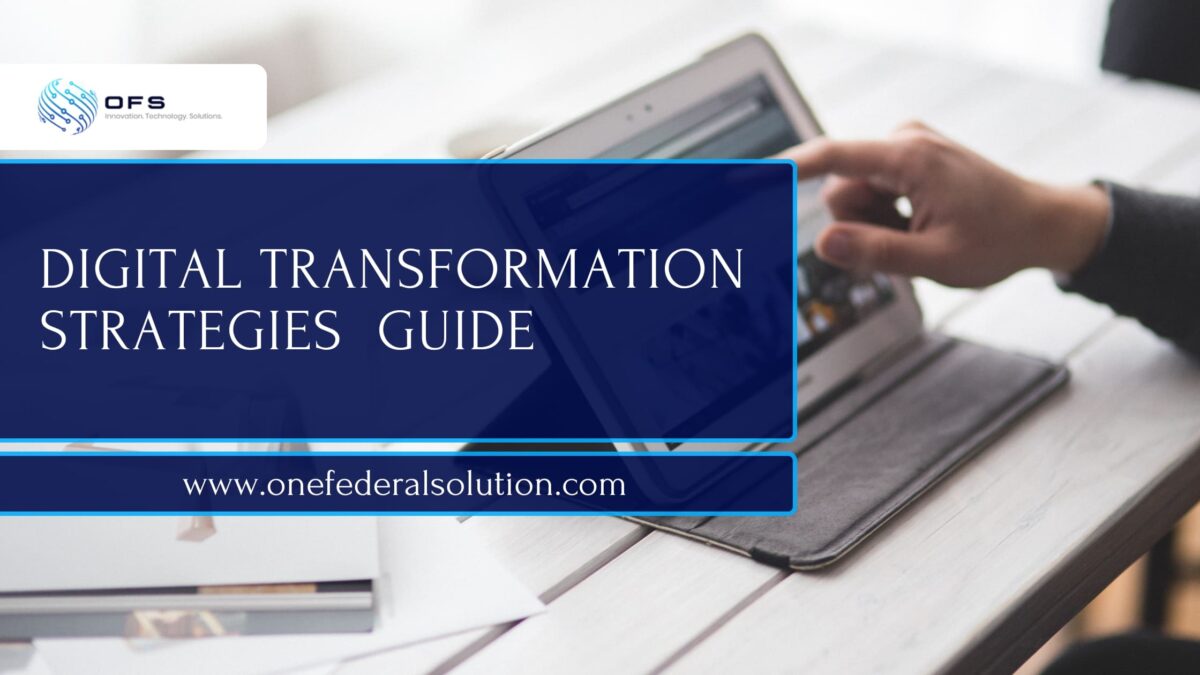In today’s fast-paced, technology-driven world, you’ve probably heard the term digital transformation more than once. Businesses, governments, and organizations of all sizes are talking about it. But what does it mean? And why is it so important? Let’s understand everything about it.
What is Digital Transformation?
This definition can be summed up as the process of using digital technologies to change how an organization operates, delivers value to its customers, and adapts to market demands. It’s not just about adding new software or upgrading hardware. It’s a complete shift in mindset, processes, and culture to embrace the possibilities technology offers.
For example, a retail store that moves from purely in-store sales to also selling online is going through a form of digital transformation. A hospital that introduces an online appointment booking system is transforming how it serves patients. It’s about reimagining the way you do business to be faster, smarter, and more efficient.
Why Digital Transformation Matters
It isn’t just a “nice to have” anymore. It’s becoming essential for survival. The world is moving at a rapid pace, and customers expect faster service, personalized experiences, and easy access to products or services. If organizations fail to adapt, they risk falling behind competitors who are ready to meet these expectations.
For businesses, this could mean losing customers. For governments, especially in the context of federal government digital transformation, it could mean failing to provide citizens with the services they need efficiently.
The Role of a Digital Transformation Strategy
Jumping into this without a plan can be risky. This is where a digital transformation strategy comes in.
In this strategy it is a detailed roadmap that outlines how an organization will implement changes, integrate technology, and train people to make the most of it. It helps answer key questions like:
- What areas of the business need transformation first?
- Which technologies will create the most impact?
- How will the organization measure success?
Without a clear strategy, efforts can become scattered, wasting time and resources. With the right strategy, this becomes focused, measurable, and effective.
Digital Transformation Services and Solutions
Many organizations partner with experts to guide them through the process. Digital transformation services are offered by specialized companies that assess an organization’s needs, recommend technologies, and support implementation.
These services can include:
- Cloud migration (moving data and applications to cloud-based systems)
- Automation of repetitive tasks
- Data analytics and business intelligence
- Cybersecurity improvements
- Customer experience enhancements
Digital transformation solutions are the actual tools and systems used to bring transformation to life. Examples include customer relationship management (CRM) software, artificial intelligence-powered analytics platforms, and secure cloud storage solutions.
By combining services and solutions, organizations can create a smooth path from outdated processes to a modern, digitally connected environment.
The Role of a Digital Transformation Company
A digital transformation company specializes in helping organizations navigate this change. They have the technical knowledge, industry insights, and experience to identify opportunities, manage risks, and ensure a smooth implementation.
For example, a manufacturing business might work with this company to automate its supply chain, while a healthcare provider might use their expertise to digitize patient records securely.
When choosing a company to partner with, it’s important to look for a proven track record, expertise in your specific industry, and the ability to provide both strategic guidance and practical support.
Federal Digital Transformation
This isn’t limited to the private sector. Governments worldwide, including the federal digital transformation efforts in the United States and other countries, are modernizing their operations.
In the federal context, it means:
- Offering more public services online
- Improving cybersecurity for government systems
- Using data analytics to make informed policy decisions
- Enhancing communication between agencies
Federal government digital transformation is particularly important because it directly impacts millions of citizens. By making services more accessible online, reducing paperwork, and streamlining processes, governments can serve the public faster and more efficiently.
Challenges in Digital Transformation
While the benefits are clear, this comes with challenges:
- Resistance to change – People are often comfortable with the way things are, and adopting new systems can feel intimidating.
- Cost concerns – While this can save money in the long run, the initial investment can be significant.
- Skills gap – Employees may need training to use new technologies effectively.
- Security risks – More digital systems can mean more potential vulnerabilities if not properly protected.
Organizations can overcome these challenges by planning carefully, investing in employee training, and prioritizing cybersecurity from the start.
Benefits of Digital Transformation
When done right, this delivers a range of benefits:
- Increased efficiency – Automation and digital tools reduce manual work and speed up processes.
- Better customer experiences – Businesses can respond faster and personalize services.
- Improved decision-making – Access to real-time data enables smarter business strategies.
- Greater flexibility – Organizations can adapt to changes in the market more quickly.
For governments, it also means better service delivery, transparency, and accessibility for citizens.
Steps to Begin Your Digital Transformation
If your organization is ready to start its transformation journey, here are some steps to consider:
- Assess your current state – Identify which processes are outdated or inefficient.
- Define your goals – Be clear on what you want to achieve, such as improving customer service or reducing costs.
- Create a strategy – Work with experts to build a roadmap.
- Choose the right solutions – Select tools and systems that align with your goals.
- Train your team – Ensure employees know how to use new technology effectively.
- Measure and adjust – Monitor progress and make changes where necessary.
The Future of Digital Transformation
This journey doesn’t end with one project or upgrade. Technology is constantly evolving, and organizations must keep adapting to stay relevant. Artificial intelligence, machine learning, and blockchain are just a few areas shaping the future.
For businesses, staying ahead means constantly revisiting their strategy and updating it as new tools and customer expectations emerge. For governments, especially in the realm of federal government digital transformation, it means continuing to invest in technology that makes public services faster, more secure, and more accessible.
Final Thoughts
This is more than just technology—it’s a complete shift in how organizations operate and deliver value. Whether you’re a small business, a large corporation, or part of a government agency, embracing transformation is key to staying competitive and relevant.
With the right digital transformation services, a clear digital transformation strategy, and trusted digital transformation solutions, the journey becomes smoother and more effective. Partnering with an experienced digital transformation company can make all the difference, guiding you through challenges and helping you unlock the full potential of modern technology.
In a world where change is constant, this isn’t just about keeping up—it’s about leading the way.






























